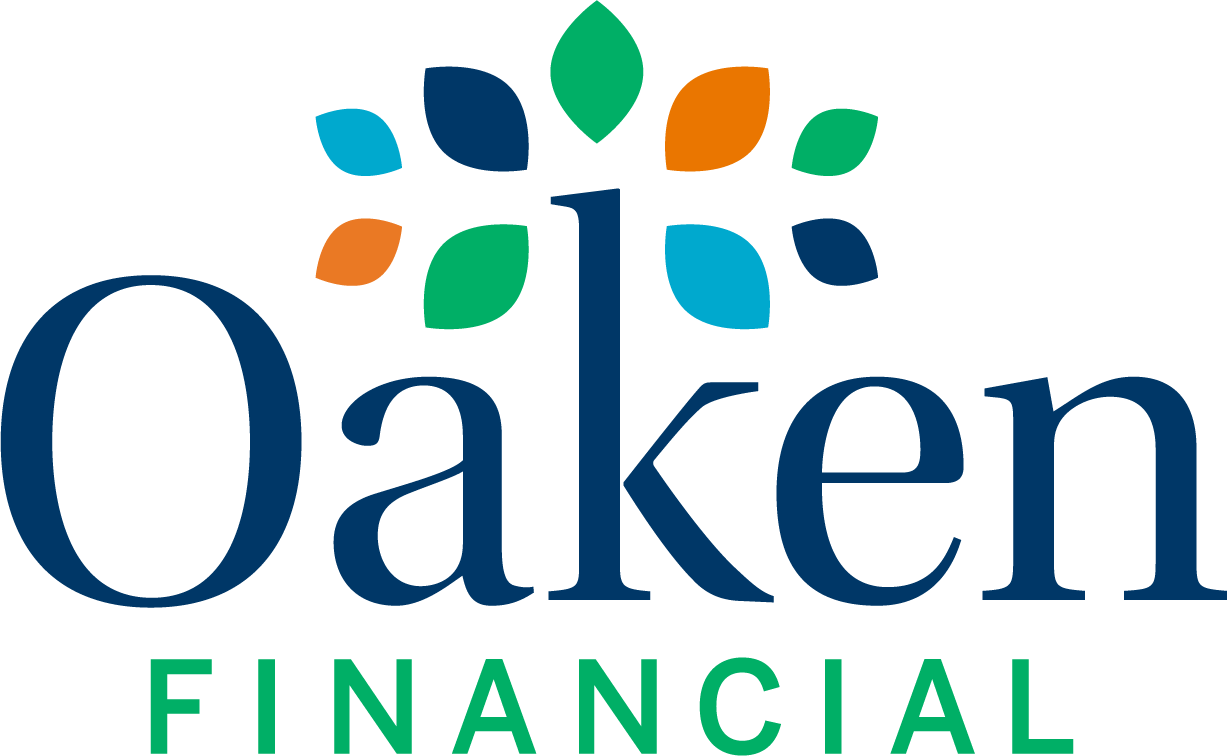Like most homeowners, you likely chose your particular house based on a desire for certain features, such as a two-car garage or backyard pool, as well as the more practical issues of price and location. Sure, you hoped and even expected that the property would increase in value over time. But few actually base their purchase decision primarily on how much the property will appreciate a few years down the road.
During your time in the home, you may have even completed a series of renovations and other upgrades that added further to the value. But these were almost certainly done to adapt the home to your family’s needs, and not a conscience attempt to boost the potential selling price. Still, if this increases the value of the house, all the better, right?
It also helps that in Canada, any profit made on the sale of your home is not taxed, thanks to the Principal Residence Exemption or “PRE”. However, in order to be eligible for this exemption, there are certain conditions that must be met. And failing to understand these conditions could result in costly complications when you sell your residence.
Let’s start by looking at what qualifies as your principal residence.
Designating your principal residence
The Canada Revenue Agency is not particularly picky as to the type of structure serving as your principal residence. The list of acceptable residence types includes houses, cottages and condominiums. In addition, units in an apartment building or duplex are acceptable, as are more diverse dwellings including trailers, mobile homes or even a houseboat.
However, no matter the structure type, in order to qualify as your principal residence, the following four conditions must be met for any year the property is to be considered as such:
You own the property alone, or jointly with another person
You, your current/former spouse or common-law partner, or any of your children, have lived in the house at some point during the year
The property is a housing unit, a leasehold interest in a housing unit or a share of the capital stock of a co-operative housing corporation that you acquire, only to get the right to inhabit a housing unit owned by that corporation
You designate the property as your principal residence (i.e. listed on documents such as your tax return or passport)
In addition to these requirements, it's important to note that you can only designate one principal residence per family at a time.
Losing your principal residence designation
One of the ways a homeowner may lose their principal residence exemption is by not living in the home for an extended period of time. For instance, it's not uncommon for individuals to temporarily relocate for several years at a time, for such things as a work-related transfer, or other family reasons.
Unless a spouse or offspring lives in the house during this time, and even if ownership is maintained, it cannot be considered your principal residence. If the property is rented, it gets even more complicated as the tax law now classifies the property as a rental property. More importantly, renting the property also triggers a deemed disposition of the house at the current appraised value, and sets up the potential for additional tax liabilities.
If you have any questions or need specific information on the Principal Residence Exemption, be sure to check the Canada Revenue Agency website for more information. Failing to do so could result in a nasty tax shock when you sell your home.




 Saving strategies
Saving strategies